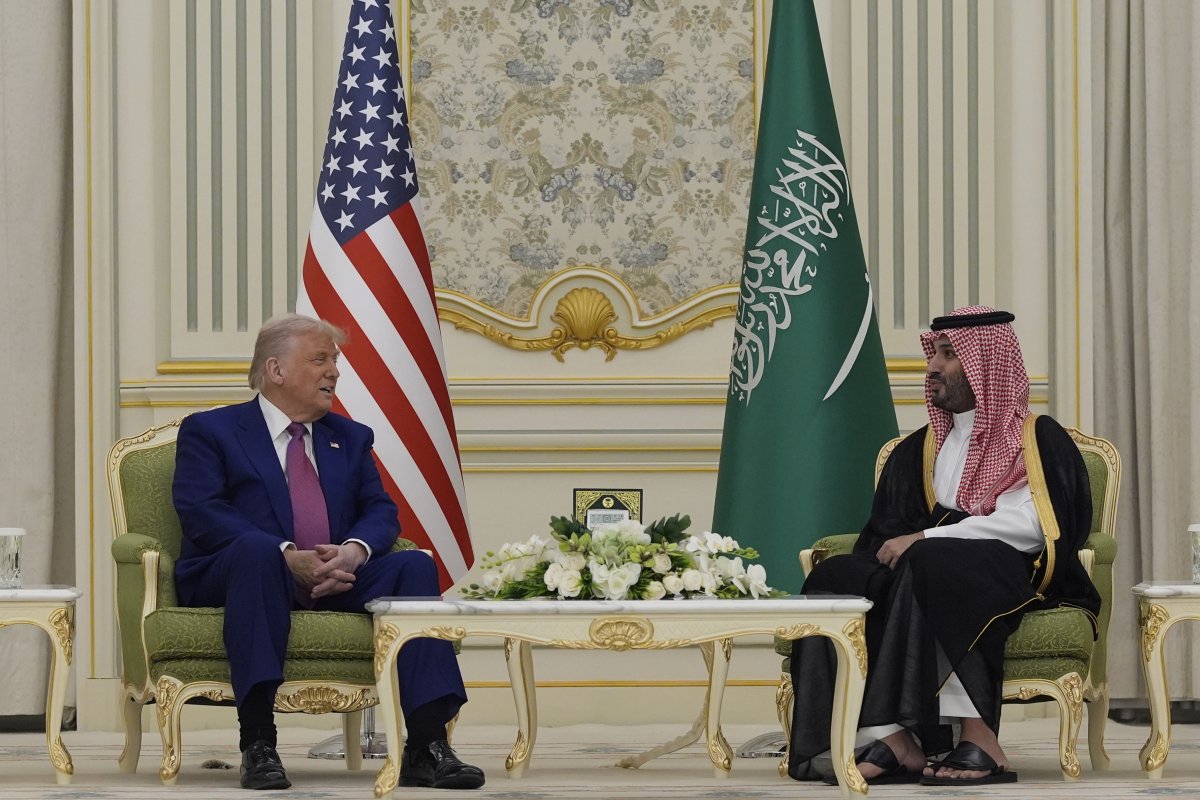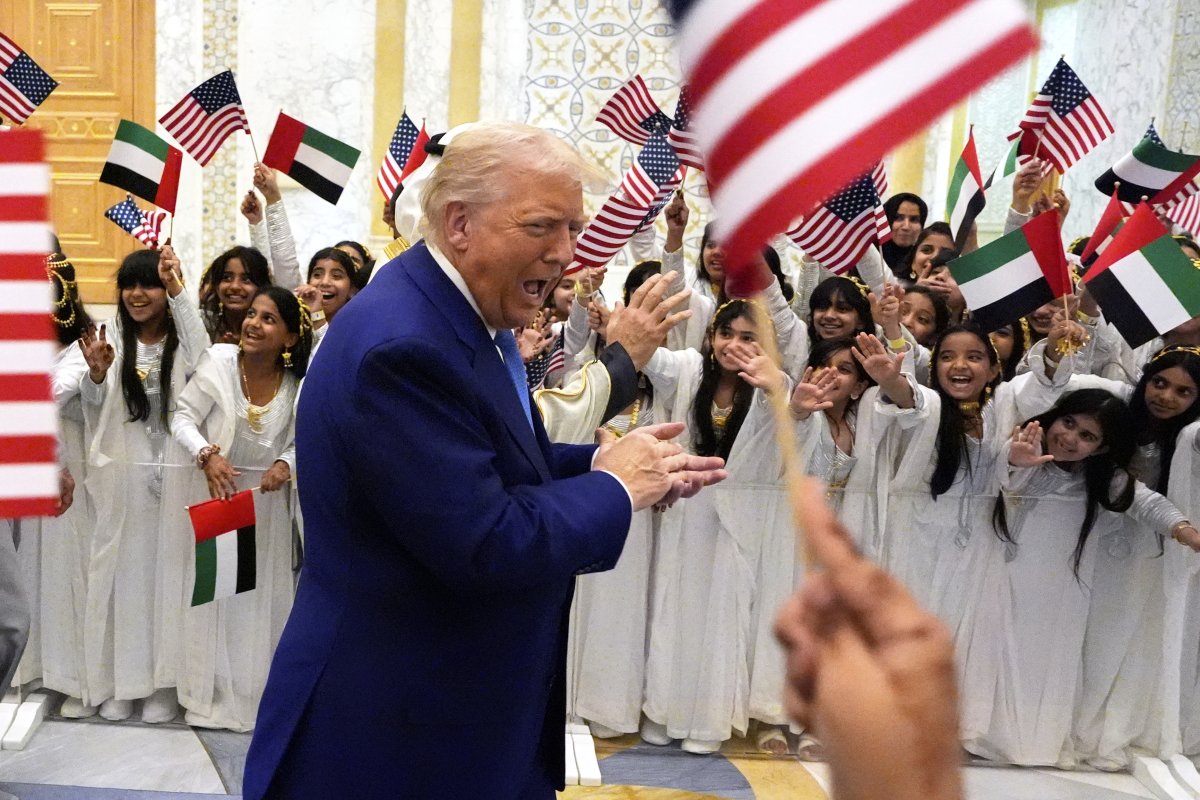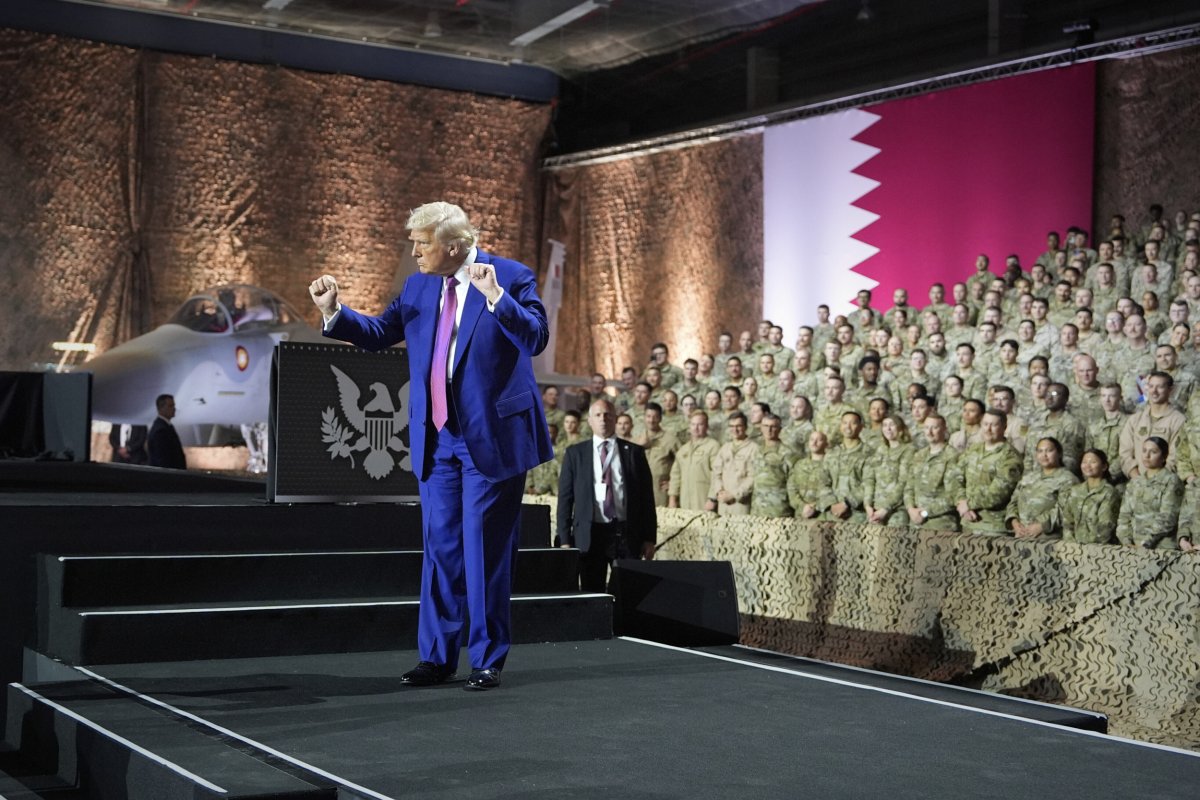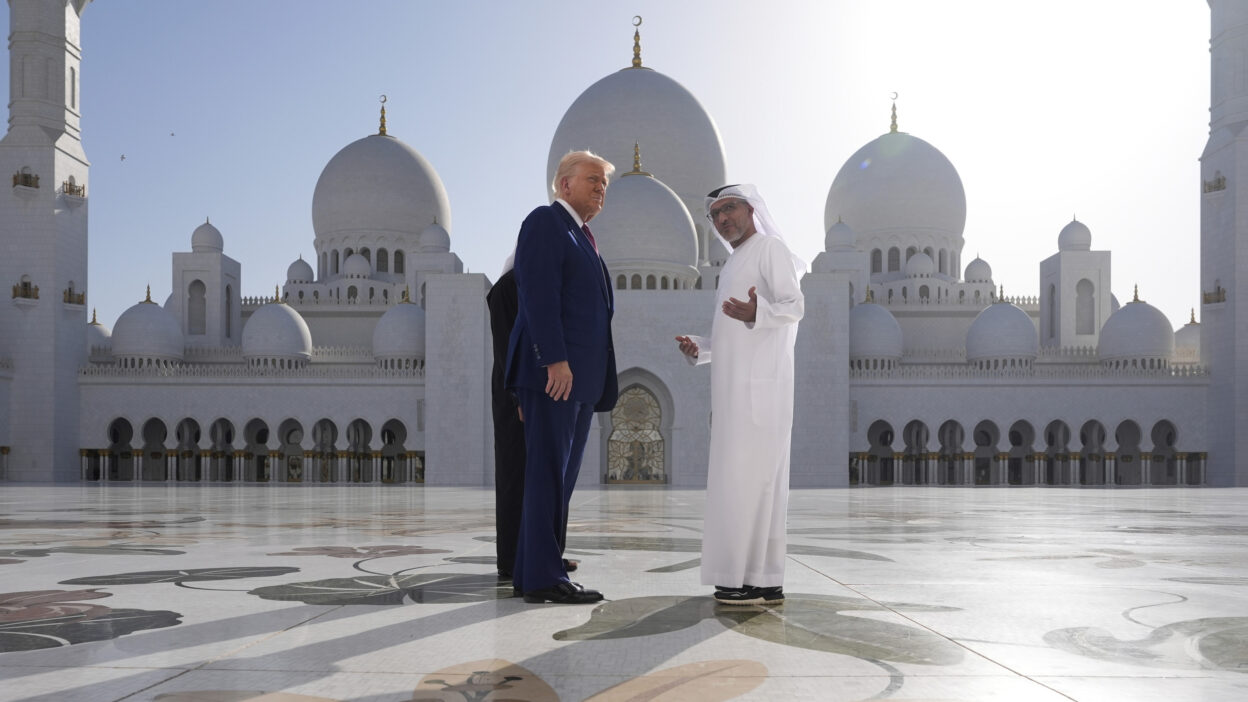President Donald Trump has wrapped up a high-profile 4-day tour of key Middle Eastern nations, including Saudi Arabia, Qatar, and the United Arab Emirates, aiming to strengthen U.S. influence through a mix of economic, diplomatic, and strategic initiatives.
The trip highlighted evolving relationships in a region marked by complex conflicts and shifting alliances, as Trump navigated a changing geopolitical landscape.
Why It Matters
Trump’s tour represents a concerted effort to reassert U.S. influence in a region where geopolitical competition is intensifying. The massive business deals signal a renewed commitment to economic diplomacy, while his evolving approach to Middle East conflicts signals a shift toward transactional, less ideologically driven partnerships. These developments could reshape regional power dynamics and set new precedents for American involvement.
Here are five things we learned from Trump’s Middle East tour:

Alex Brandon/AP Photo
Huge Business Deals
Central to the trip were agreements amounting to over $2 trillion in combined commercial and defense contracts with the UAE, Qatar, and Saudi Arabia. Saudi Arabia committed $600 billion in investments, including a $142 billion military procurement deal and $20 billion in artificial intelligence and energy infrastructure projects involving American companies such as Google, Nvidia, and AMD. Qatar’s agreements totaled more than $243 billion, with plans to increase investments to $1.2 trillion. Highlights included a $96 billion Boeing jet purchase by Qatar Airways, $42 billion in U.S. weapons acquisitions, and $3 billion in advanced defense technologies. The UAE secured over $200 billion in deals, including a $14.5 billion Etihad Airways Boeing order and a massive AI data center in Abu Dhabi. These deals underscore a strategic alignment around U.S. technology exports and defense partnerships.

Alex Brandon/AP Photo
Significance of Syria
In a significant departure from previous U.S. policy, President Trump lifted sanctions on Syria and met with interim Syrian President Ahmed al-Sharaa during his tour, signaling a willingness to reintegrate Damascus into the region’s political framework after more than a decade of isolation. This move suggests a pragmatic approach aimed at stabilizing Syria amid ongoing conflict and power struggles. Alongside this, Trump expressed cautious optimism about ongoing nuclear negotiations with Iran, though no formal agreement has yet been reached. Together, these steps illustrate a dual strategy of combining diplomatic engagement with strategic deterrence to manage longstanding regional tensions.

Bandar Aljaloud/AP Photo
New Middle East Playbook
These shifts in Syria and Iran policy coincide with a broader recalibration of U.S. alliances and priorities in the Middle East. The absence of Israel from Trump’s itinerary underscored a clear distancing from traditional neoconservative policies and the historically close U.S.-Israel relationship. Instead, the administration has engaged more directly with groups such as Hamas and pursued diplomatic channels with Tehran and Damascus without Israeli involvement—moves that challenged longstanding regional dynamics. Trump’s controversial plan to transform Gaza into a U.S.-supervised “freedom zone” has sparked debate over its feasibility and raised concerns among regional leaders about potential implications for Palestinian sovereignty and stability.
Embracing Local Traditions
During his tour, Trump engaged with regional customs as well. In Saudi Arabia, he joined the Ardah sword dance and was presented with a traditional thobe and ghutra while visiting historic sites like the Al Masmak Fortress. In Qatar, he shared coffee and dates at a majlis and watched the Bedouin Al-Razfa dance. In the UAE, Trump visited the Sheikh Zayed Grand Mosque, praising Islam’s “incredible culture.” Today, before leaving the Middle East, he hosted a breakfast with business leaders and toured the Abrahamic Family House—an interfaith complex named after the Abraham Accords he helped negotiate, which led to UAE recognition of Israel. He also received the Order of Zayed, the UAE’s highest civilian honor, before departing Abu Dhabi.

Alex Brandon/AP Photo
McDonald’s, Dance Moves & Cybertrucks
Despite the high-stakes agenda, Trump’s trip was sprinkled with lighter moments. Saudi Arabia welcomed him with a double-decker mobile McDonald’s truck outside the Royal Court, a playful nod to his famous fast-food preferences.” At Qatar’s Al Udeid Air Base, Trump delighted troops by breaking into an impromptu dance to “God Bless the USA,” complete with fist pumps and foot shuffles. Trump’s motorcade from Qatar’s Doha airport was flanked by bright red Tesla Cybertrucks and riders on horseback. A parade of royal camels also welcomed Trump outside Qatar’s presidential office, creating a striking and unconventional diplomatic spectacle.
What Happens Next
With record-setting business deals inked and diplomatic tensions simmering, the tour sets the stage for complex negotiations ahead. A regional summit is anticipated to address the Gaza proposal, while ongoing backchannel diplomacy with Iran may pave the way for future agreements. How these developments reshape U.S. influence in the Middle East will be closely watched by allies and adversaries alike.

Alex Brandon/AP Photo



